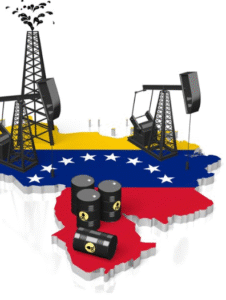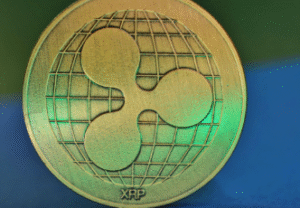$USO $XOM $BTC
#OilPrices #CrudeOil #WTI #Brent #Commodities #Investing #Markets #Energy #Putin #Ukraine #Trump #Geopolitics
Oil prices extended their slide on Wednesday following significant diplomatic developments as former U.S. President Donald Trump engaged directly with both Russian President Vladimir Putin and Ukrainian President Volodymyr Zelensky. This move, coming just weeks after his potential return to office was projected, signaled a possible shift in geopolitical tensions that have contributed to the volatility in global energy markets. The Brent crude contract for April delivery fell nearly 1% in early Asian trading on Thursday, settling at $74.48 per barrel, while West Texas Intermediate (WTI) for March delivery traded lower at $70.70 per barrel. Markets reacted swiftly to the possibility that diplomatic solutions could lead to an easing of supply disruptions caused by the ongoing war in Ukraine, which has played a major role in supporting elevated crude prices over the past two years. The renewed diplomatic push introduces fresh uncertainty into the oil market, as traders weigh the potential implications for global supply chains, particularly in the context of Western sanctions on Russian crude.
The ongoing war in Ukraine has largely shaped the energy market dynamics since early 2022, creating supply constraints that kept oil prices elevated. Any potential de-escalation, especially through high-level talks involving key global leaders, has the capacity to shift market expectations. A resolution to the conflict could ease European energy insecurity, potentially restoring Russian supply flows and reducing the geopolitical risk premium embedded in oil prices. Analysts noted that although Trump’s outreach presents a path toward negotiations, the actual trajectory of diplomatic efforts remains uncertain. Previous rounds of peace talks between Russia and Ukraine have failed to yield lasting results, keeping market participants cautious about the durability of any potential deal. Moreover, while an end to hostilities could soften crude prices in the short term by improving supply expectations, OPEC+ policies, global demand fluctuations, and macroeconomic conditions will continue to play critical roles in determining oil’s longer-term prospects.
Energy markets are also reacting to broader economic conditions, with recent Federal Reserve commentary suggesting interest rate policies could continue to influence investor sentiment. The oil market’s downturn coincides with growing speculation that global central banks may sustain higher borrowing costs longer than previously expected, which would dampen industrial activity and energy demand. Additionally, China’s post-pandemic economic recovery has been slower than anticipated, limiting the nation’s crude oil import demand, further weighing on prices. Oil traders are also closely monitoring U.S. inventory levels, with crude stockpile data from the Energy Information Administration (EIA) offering further insights into domestic supply trends. If U.S. inventories continue to rise amid softening global demand, downward pressure on oil prices may persist. Given these factors, analysts predict further volatility as investors assess the broader economic landscape and geopolitical developments.
While the immediate market reaction reflects optimism around potential diplomatic breakthroughs, oil prices remain sensitive to any shifts in U.S. foreign policy. If geopolitical tensions flare up again, whether due to shifting alliances or disruptions in key supply routes, market dynamics could quickly reverse. In addition, U.S. shale producers are likely to respond to sustained lower crude prices by scaling back output growth projections, potentially tightening supply over time. Beyond crude oil itself, the energy sector saw mixed reactions, with major oil companies such as ExxonMobil ($XOM) and Chevron showing slight declines in pre-market trading. Meanwhile, commodities-focused exchange-traded funds (ETFs), including the United States Oil Fund ($USO), slipped as broader energy markets priced in potential shifts in supply-demand fundamentals. The ongoing uncertainty underscores the complex interplay between diplomacy, economic policy, and commodity markets, leaving investors and analysts closely watching every development that could shape oil price trajectories in the months ahead.











Comments are closed.